6 things you need to know about the Samsung Galaxy XR headset
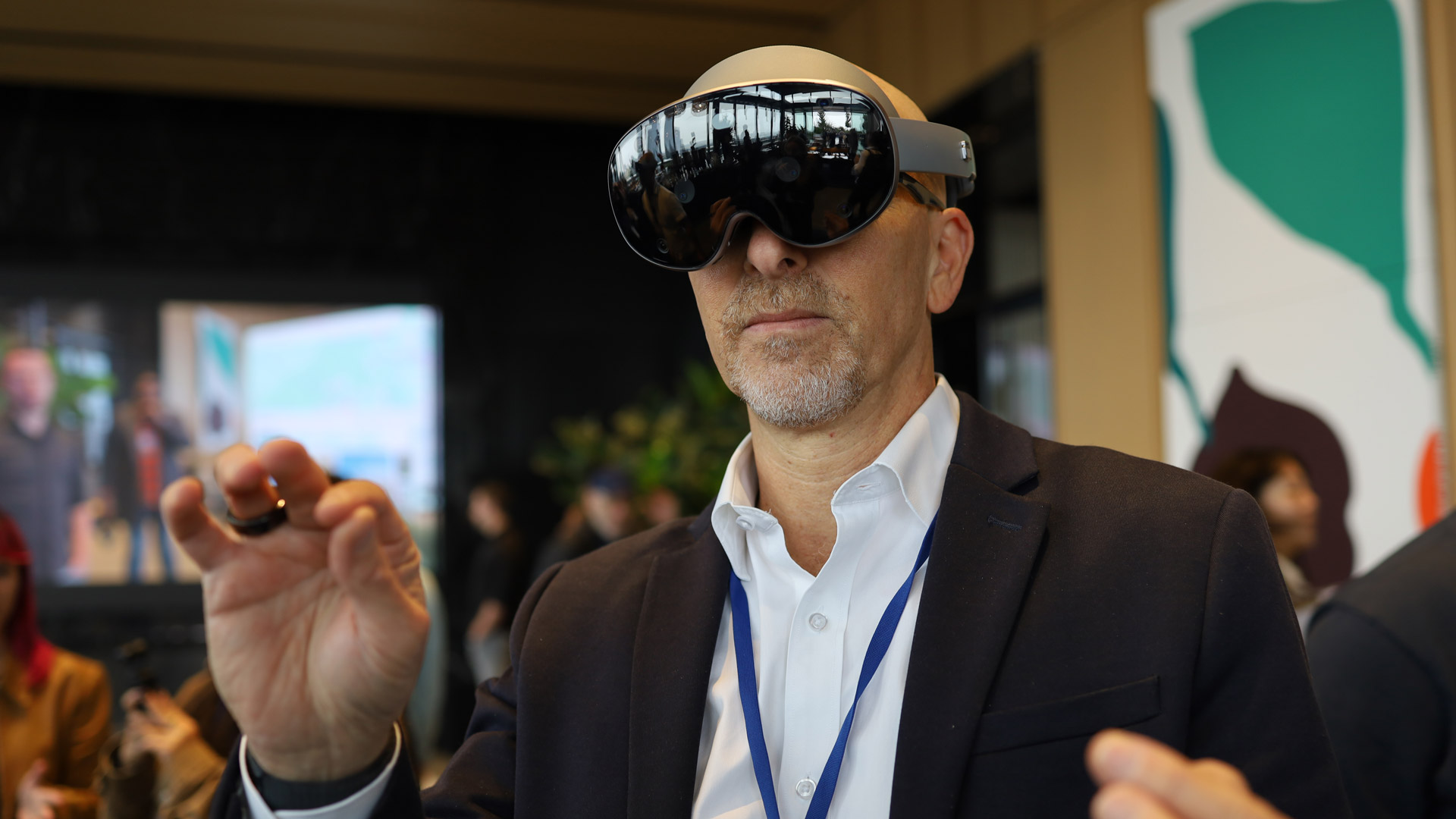
Samsung’s long-awaited Galaxy XR headset is here – and it could be the next big thing in mixed and virtual reality.
Thanks to some excellent specs, impressive Android XR features, and other details I’ll get into below, this Samsung headset – previously known to us as Project Moohan – has the potential to shake up the space in the way many previously thought the Apple Vision Pro might.
We're still waiting for more in-depth testing time with the Samsung Galaxy XR before we issue a final verdict, because there's only so much you can glean from shorter demos – but we already like what we've seen.
If you’re keen to know more about why we and others are so enamored of the Galaxy XR headset then you’re in the right place, as I have a list of six things you need to know about the device, and why it could be the Meta Quest competitor we’ve been waiting for.
1. The Samsung Galaxy XR's specs are next-level
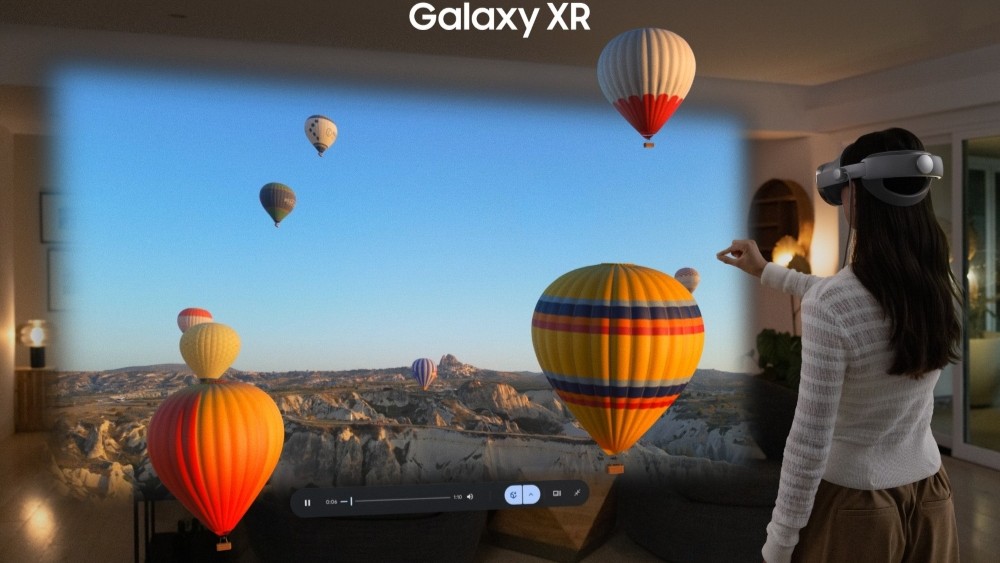
The Samsung Galaxy XR headset hardware looks primed to put the competition to shame – especially that Meta Quest 3 or Quest 3S you might have been eying up.
That’s because it boasts some serious upgrades, starting with a Snapdragon XR2+ Gen 2 chipset. That has a 20% faster CPU and 15% faster GPU than the XR2 Gen 2 you’ll find in the Quests, meaning it can handle more sensors, higher resolution displays, and more intensive apps. And that’s on top of the power boost you can expect from 16GB of RAM, double the Meta headsets and on par with the Apple Vision Pro.
Speaking of sensors (I’ll get to software in a moment), this headset boasts two pass-through cameras, six “world-facing” tracking cameras for following what’s happening around you and your hand motions, and four eye-tracking cameras so it can follow your face movements.
Sign up for breaking news, reviews, opinion, top tech deals, and more.
Display-wise, you’ll find the Android XR headset offers a pair of 3,552 x 3,840 pixel resolution micro-OLED screens with up to a 90Hz refresh rate (but a default of 72Hz), and a 109-degree horizontal and 100-degree vertical FOV.
2. It’s not cheap, but not too pricey either
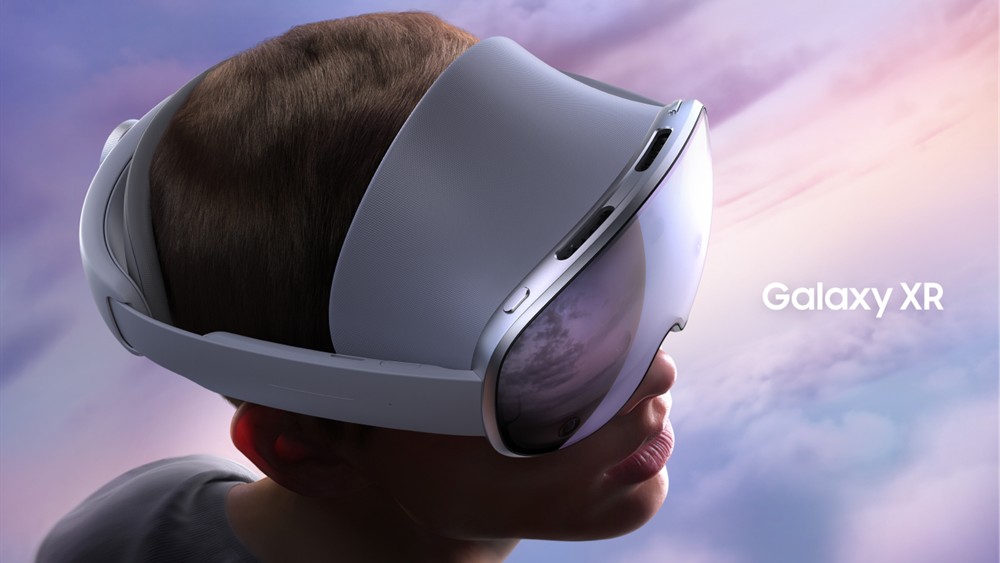
The Samsung Galaxy XR headset comes in at $1,799 (availability and pricing for other regions is TBC, but that converts to about £1,340 or AU$2,770), which is more expensive than the $499 Meta Quest 3, but also a heck of a lot less expensive than the $3,499 Apple Vision Pro.
It’s also only a little pricier than the $1,499.99 asking price for the Meta Quest Pro at launch, and in exchange you do look set to get a much more capable headset, with significant hardware improvements across the board (displays, sensors, computing power, everything).
This marks out the headset as a device that should straddle productivity, gaming, and entertainment use cases, something you’ll want to be in all-day, every day – with some early testers hailing it as the “'laptop for your face' you've been waiting for” (via Android Central).
3. Comfort shouldn’t be a big problem
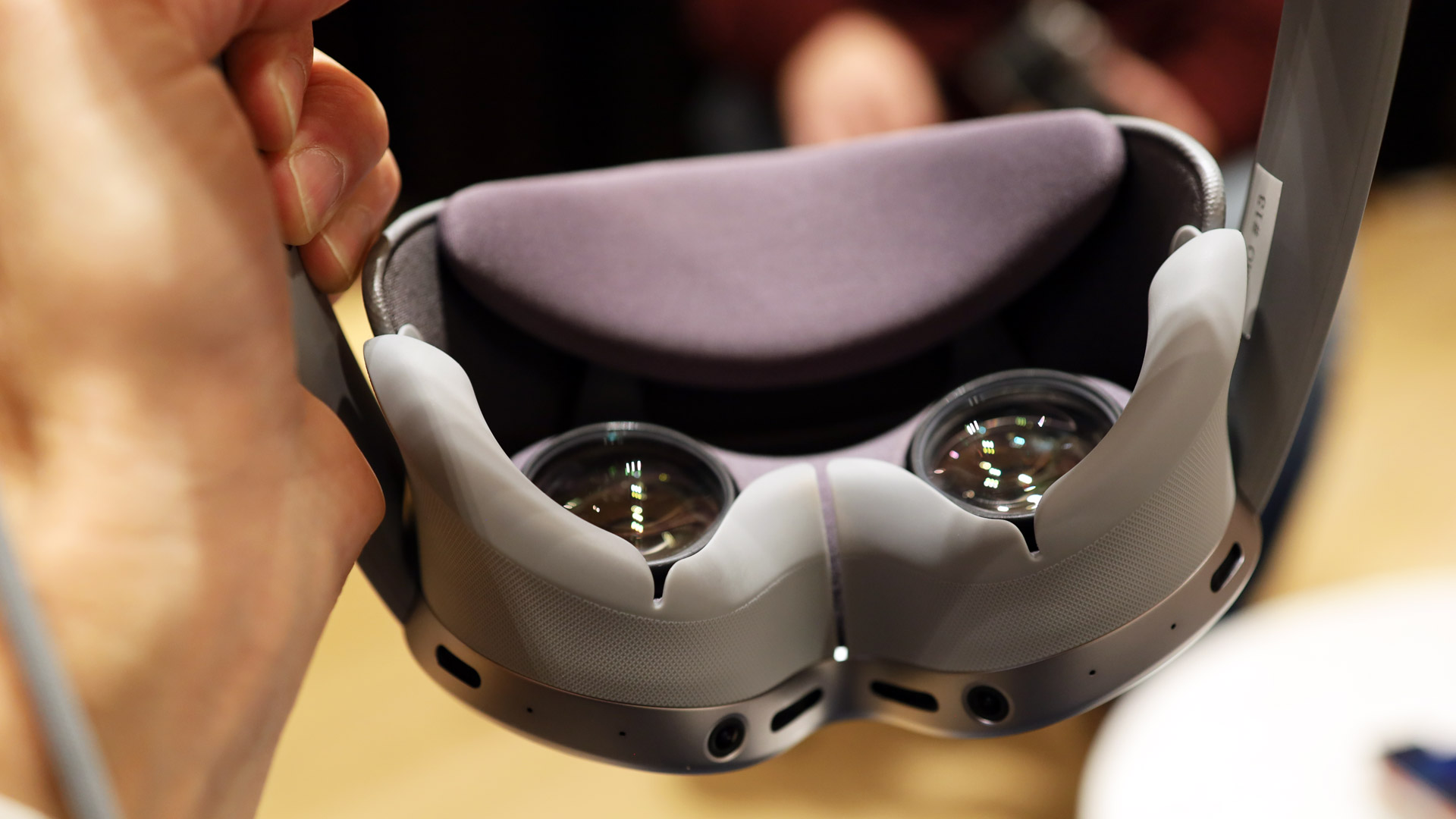
As someone who has spent “all-day everyday” in a VR headset – the Meta Quest Pro specifically – I know it can be an uncomfortable experience, but that might not be as much of a problem with the Samsung Galaxy XR headset.
For a start, it weighs nearly 200g less, coming in at around 545g. This is possible because the battery has been shifted to a separate external pack that weighs 302g, rather than being in the headset proper. It’s also a lot less than the 750-800g Apple quotes for the Vision Pro (on top of the 353g wieight of that device's battery).
Combined with the sculpted padding boasted by this headset we have already described it as being “more comfortable to wear than the Vision Pro and Meta Quest 3s” in our initial hands-on Samsung Galaxy XR review.
We’ll want to use it for longer before our final verdict, but Samsung does look to have raised the bar comfort-wise.
4. It runs on Android XR and AI
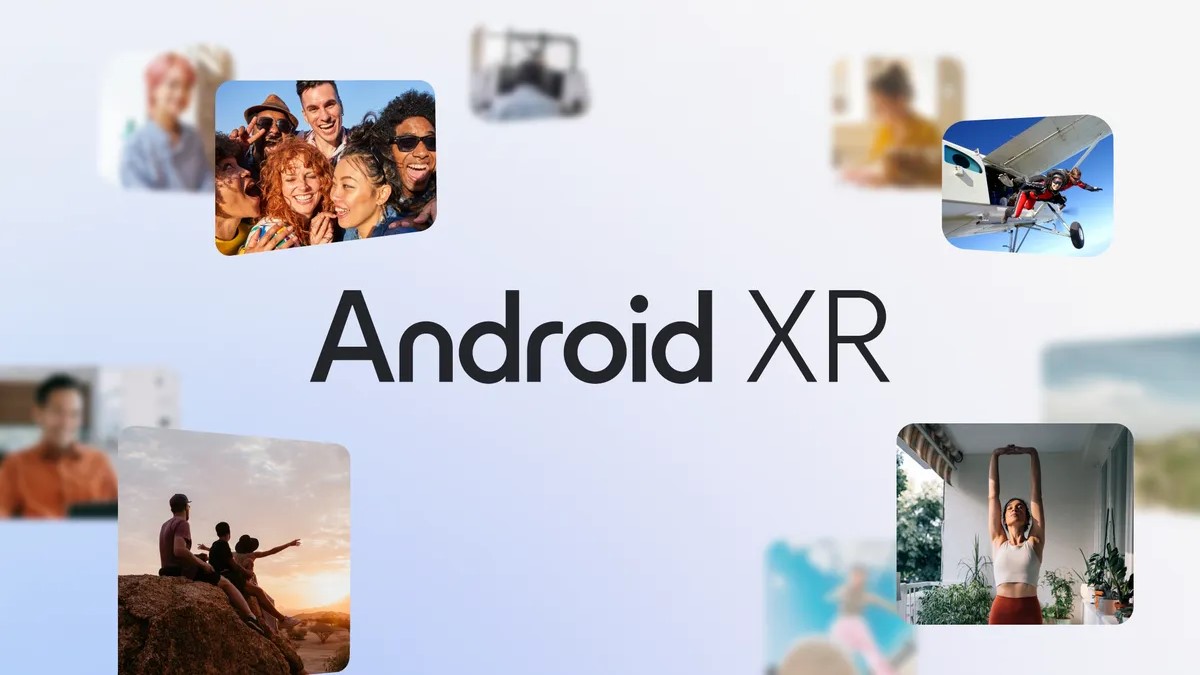
The whole headset relies on Android XR – the Google-made operating system designed for headsets and glasses.
This means from day one there will be a broad range of 2D Android apps you can bring to your headset, with them playing out in floating windows, as well as the Google services you know and love. This includes the essential Google Gemini assistant, but also new experiences designed exclusively for XR.
For example, you can rely on Gemini and Google Maps to explore immersive 3D spaces without leaving your living room, to “auto-spatialize” your videos and photos to bring 2D images into 3D, and to use circle to search in mixed reality to find out more about both virtual and real world objects you can see.
There are also several immersive entertainment and productivity apps to try out on the Galaxy XR hardware, and over time I’m sure we’ll see plenty more launch.
5. There are big perks for getting in early
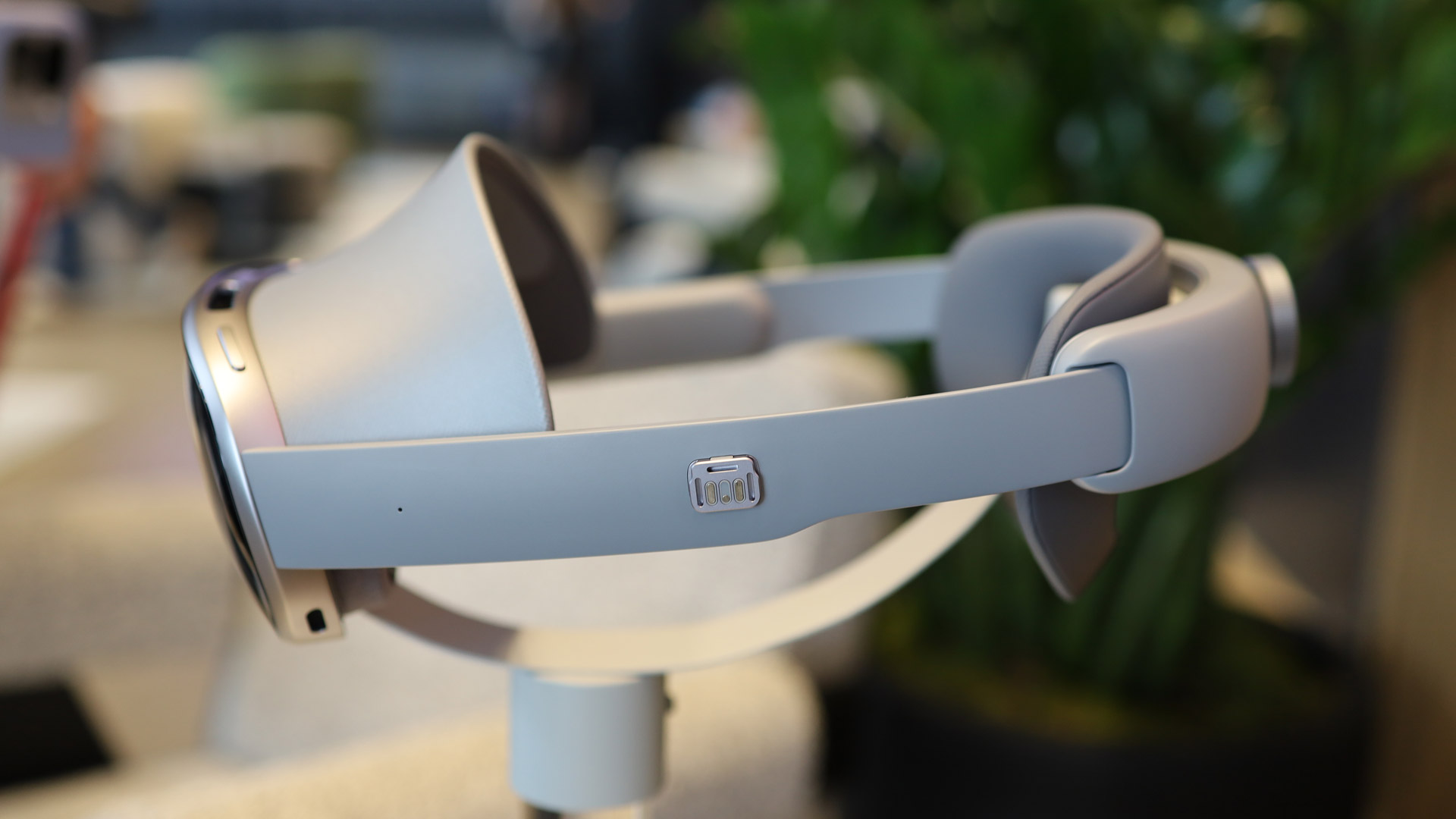
On top of being one of the first through the Android XR door, Google and Samsung are offering some exclusive early-backer perks (that is if you purchase your headset before December 31, 2025; check out the full terms here).
This “Explorer Pack” comes in the form of:
- 12 months of Google AI Pro, YouTube Premium, and Google Play Pass.
- A $1 per month trial of YouTube TV for 3 months in the US
- Access to the 2025-2026 season of NBA League Pass in the US
- Access to Status Pro’s NFL PRO ERA, Project Pulsar from Adobe, Asteroid, and Calm
According to the Samsung store page, that’s a combined cost saving of at least $1,140 versus paying for all of these services individually, which is close to two-thirds of the price of the headset. Not a deal to sniff at, then.
6. You’ll be able to demo the headset
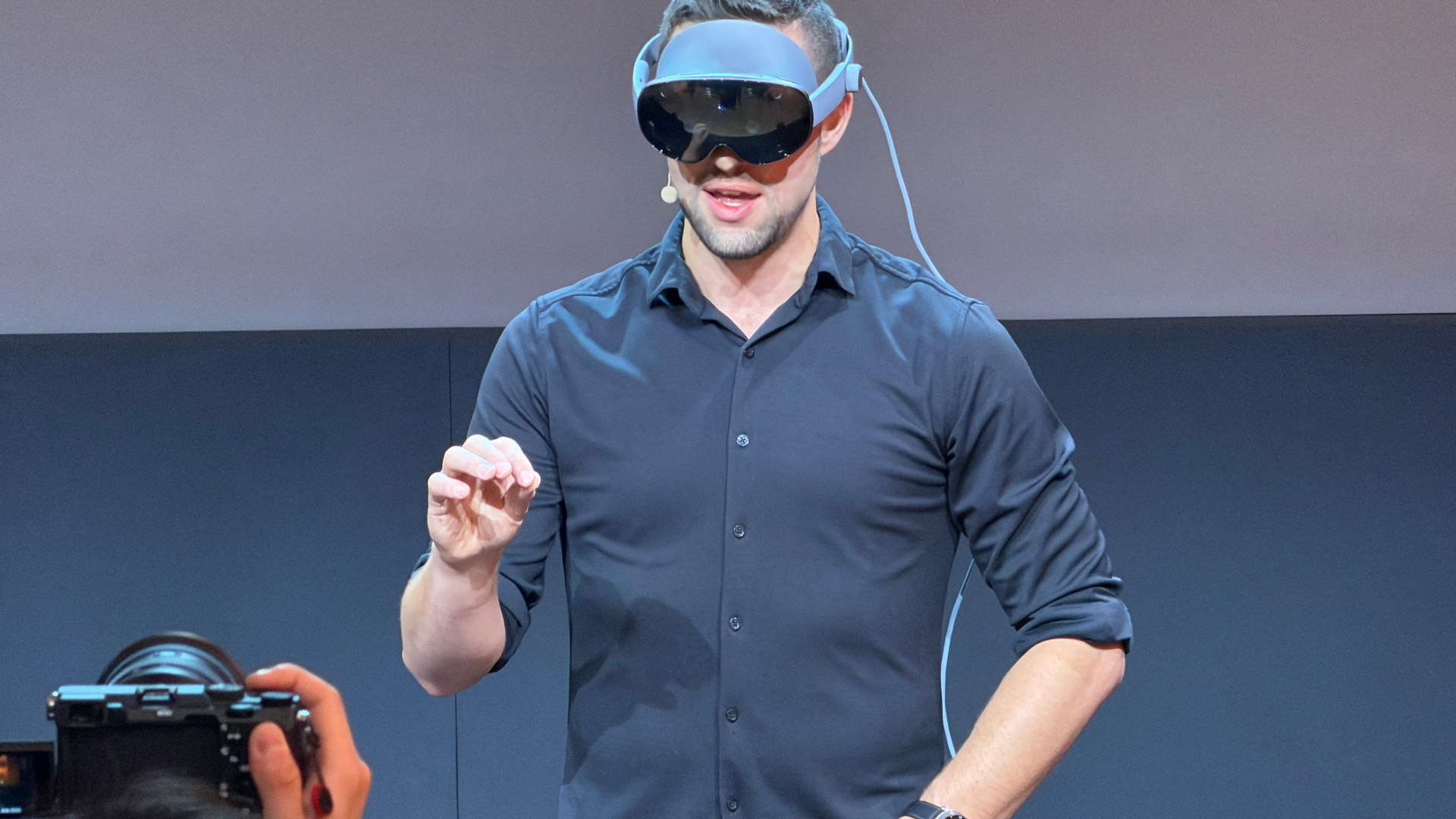
Online signups don’t look to be available right now, but if you head down to one of Samsung stores, or select Google Stores in New York and California, Samsung and Google say you can sign up to demo the new Galaxy XR headset.
This sounds like an excellent idea if you want to see what this headset can offer before committing to buying one, because it's still an expensive device.
Apple and Meta have offered similar opportunities for their recent XR tech, and it’s a helpful trend I hope we’ll see continue, especially while these kinds of gadgets are in their early days of being mainstream.
That said, we found Meta and Apple demos to be difficult to come by at first, as people snatched up the earliest slots they could get, so we recommend you move fast so as not to miss out.
Follow TechRadar on Google News and add us as a preferred source to get our expert news, reviews, and opinion in your feeds. Make sure to click the Follow button!
And of course you can also follow TechRadar on TikTok for news, reviews, unboxings in video form, and get regular updates from us on WhatsApp too.

Hamish is a Senior Staff Writer for TechRadar and you’ll see his name appearing on articles across nearly every topic on the site from smart home deals to speaker reviews to graphics card news and everything in between. He uses his broad range of knowledge to help explain the latest gadgets and if they’re a must-buy or a fad fueled by hype. Though his specialty is writing about everything going on in the world of virtual reality and augmented reality.
You must confirm your public display name before commenting
Please logout and then login again, you will then be prompted to enter your display name.